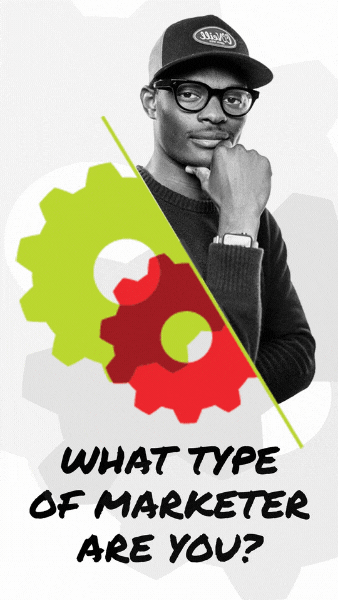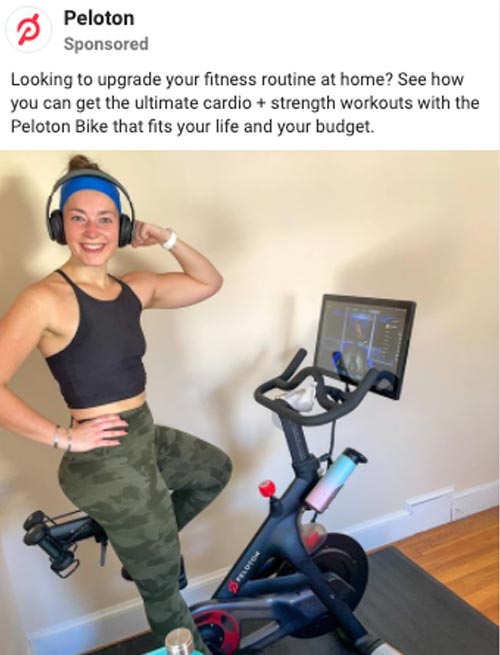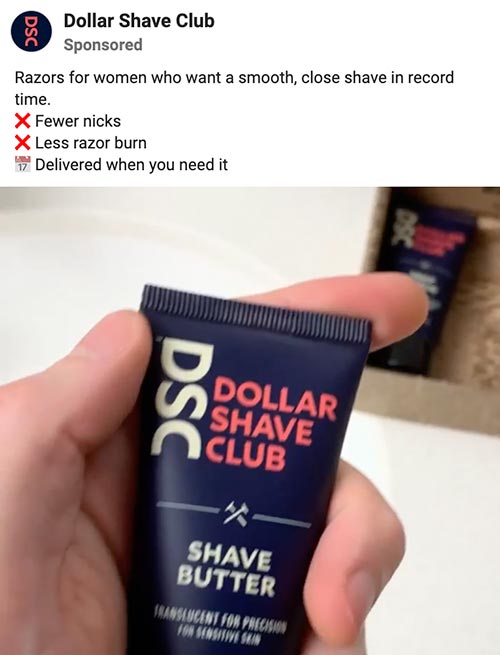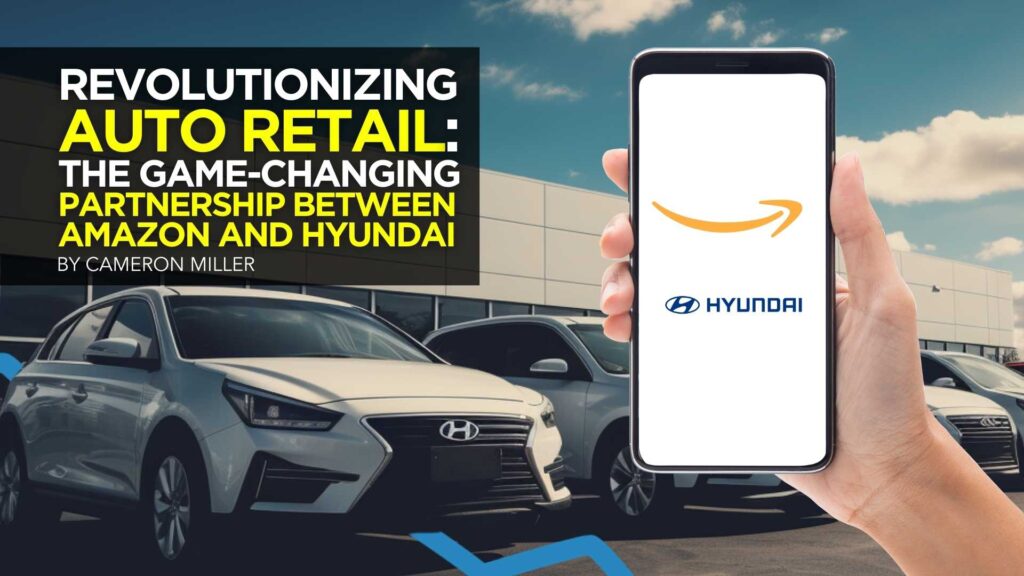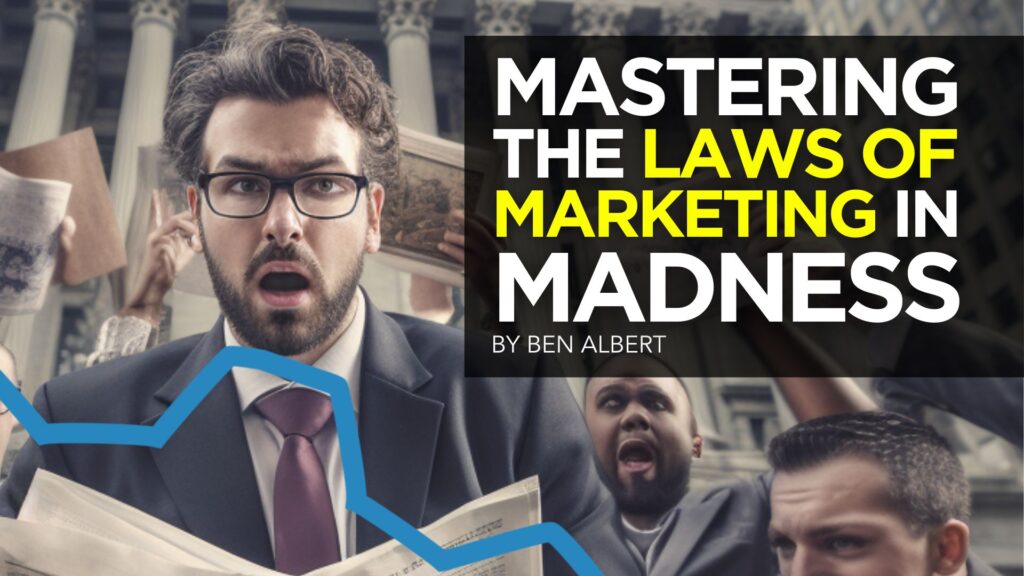When was the last time you updated your Facebook advertising strategy? Unless the answer is “I just did,” you need to read this.
Facebook advertising is one of the most effective forms of digital marketing out there, but it’s not easy. Between massive amounts of competition and the ability (and responsibility) to constantly refine your ads by reviewing loads of metrics, it’s tempting to simply “set it and forget it” after you establish your initial strategy. Don’t do that!
Facebook advertising is changing and so are your customers’ expectations. Here we’ll give you three new concepts to supercharge your current strategy.
Even with the big iOS 14 update, Facebook continues to be one of the most cost-effective advertising strategies. With that in mind, anytime there is a major change to a platform, it’s time for every business to do a little strategy refresh…
We’ve taken a lot of time to examine and explain our approach to Facebook ads, so for this one we’re simply going to give you a few of our favorite “ingredients” to refresh your strategy. Combine these with your existing marketing message and past advertising analytics to create a fresh strategy to improve your results.
If you have yet to set up your first Facebook Ad, we have you covered.
It’s More Divine to Combine
As more and more digital marketing methods have become available, the harder it has been for marketers to both learn and integrate them into a holistic marketing approach. Each one has a learning curve for proficiency and creativity and, worse yet, the methods themselves evolve quickly over time. Because of this, it’s now necessary to take a step back every few months and reexamine how all the pieces of your marketing plan fit together.
Needless to say, Facebook is one of those pieces. Within Facebook, you have your social media presence, advertising, and community management. While these elements are often parceled out individually, doing so actually weakens them all.
Related: A Holistic Approach to Marketing
Ideally, everything you say on Facebook should feature a similar theme and/or message (we call it your Brand Voice). There’s nothing worse than getting excited about an advertisement just to realize that the most interesting part of a brand was their ad (just imagine the last time you got hyped up for a movie only to find out it was garbage).
You need to create a set of guidelines that each element of your Facebook presence follows. Here are a few questions to consider:
- If you had to describe your brand as a person, what adjectives would you use?
- What colors represent your brand, and what percentage of time should you use them?
- How are you positioning your brand in the viewers’ minds? Are you one of them, an authority figure over them, a friendly buddy?
These questions really relate to your overall Brand Voice, so be sure to check that out for more details. Once you have that set, use these questions to create a more holistic approach to your Facebook efforts:
- How can your most popular posts be integrated into your ads (and vice versa)?
- Does your commenting voice match your posting/advertising voice?
- If you lined up your last post, ad, and comment, would they look like they came from the same place?
Yes, Videos
Yup, videos are still a thing you need to worry about. The statistics for videos in both content marketing and advertising heavily warrant your attention (thank you 99Firms (https://99firms.com/blog/facebook-video-statistics) for these stats):
- 500 million viewers watching 100 million hours of Facebook vids daily.
- Facebook earned 24.5% of all video ad spending in the USA in 2018.
- 47% of consumers watch more video ads on Facebook than any other channel.
- 71% of consumers find that Facebook video ads are relevant/highly relevant.
More intriguing than those numbers is this one:
Facebook video ads are 10% of the cost of carousel or single image ads.
You need to use video! No, it’s not easier to make a video than a single image, graphic, or carousel. No, you’re not going to be happy with the additional skills, development, and time necessary to create video versus other methods. Yes, you will appreciate the advice once your video ads start killing it.
Creating videos does more for your marketing than just improve advertising return. The process of creating video ads requires additional thought, effort, and residual content that can be utilized in other aspects of your marketing.
For example, the process of storyboarding requires the creation of a central message and purpose, forcing you into the mindset of your potential customer. The effort of setting up your shoot, designing your graphics and animations, writing your narration and/or prepping your actor/spokesperson will all generate content that can be repurposed into dozens of pieces of content for social media, your blog, or your marketing materials.
If you need some inspiration, we’ve created a short list of some of our favorite outside Facebook Video ads of 2020 (link to new article). If you want to see some of our best, check out our most effective ads from 2019.
It’s Time to Get Real
Your potential customers are looking at A LOT OF ADS. If you’re a marketer, you might actually like seeing them because they give you ideas on how to improve your own. If you’re anyone else, you probably scroll past them quickly, and possibly get angry in the process.
What you and everyone else is looking for is either interesting content (content related to your favorite brands, hobbies, interests, and people) or content related to your personal community (pictures of friends and family, updates about people you love, etc.). The content you share is either supremely entertaining or supremely useful.

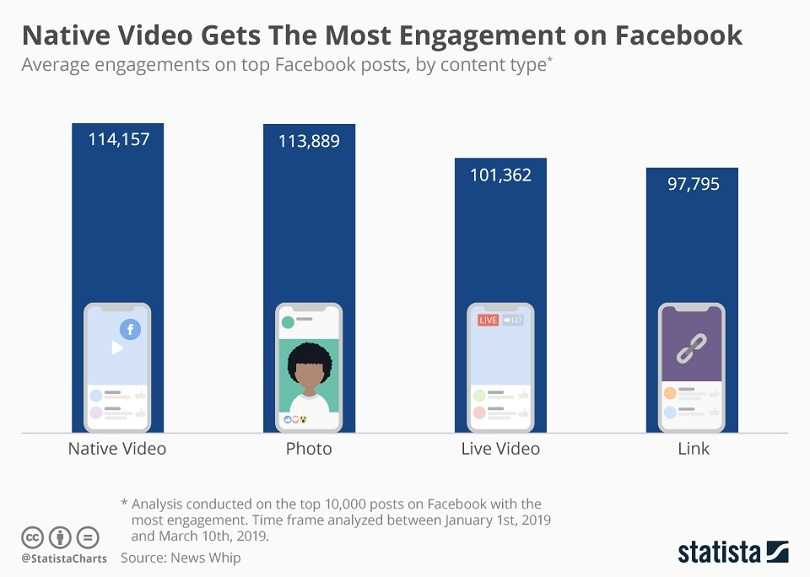
Native videos on Facebook get shared 487% more than videos from other sources. While this stat sounds fantastic for your Facebook video ad ambitions, you need to remember that the majority of the content is user-generated and being shared among the user’s friends.
The point is that you need to start making your Facebook ad strategy more “real” if you want it to gain more traction. Ads featuring user-created content, or that at least appear to be user-created, could be a key to unlocking more conversions.
Here are a few examples of big brands using user-generated content in their ads (you’ll notice that one of them also appears in our recent article featuring the best examples of evergreen copywriting):




